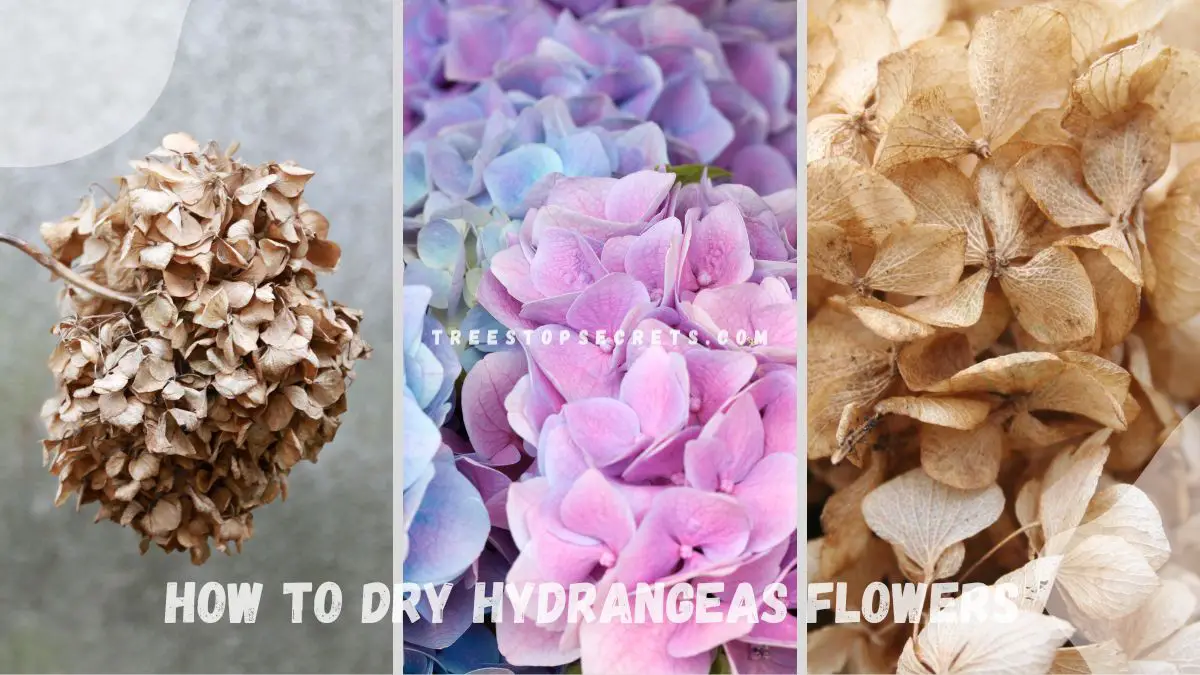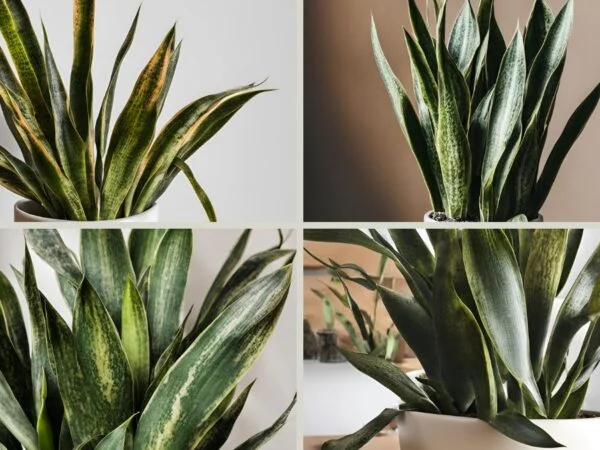Have you ever wondered how to dry hydrangea flowers to enjoy their beauty long after they've been picked? Drying hydrangeas, a favorite flowering shrub, is a fantastic way to preserve their vibrant colors and delicate blossoms for stunning home decor or crafts. In this guide, we will walk you through easy and effective methods to dry hydrangeas at home, ensuring they retain their charm for months to come. Whether you want to create a charming dried flower arrangement or add a touch of elegance to your space, drying hydrangeas is a simple yet rewarding process that anyone can master.
Key Takeaways
- Understanding the Basics: Learn the fundamental principles of drying hydrangeas to preserve their beauty.
- Step-by-Step Guide: Follow a structured approach to successfully dry hydrangea flowers.
- Techniques for Success: Implement proven methods for optimal drying results, such as air drying or silica gel.
- Common Mistakes: Avoid pitfalls like using improper drying techniques or harvesting at the wrong time.
- Best Practices: Embrace effective strategies like choosing blooms at peak maturity for the best outcome.
- Troubleshooting Tips: Address issues that may arise during the drying process to ensure a successful outcome.
Understanding the Basics
Timing is Key
Hydrangeas should be cut when color shifts are evident in the petals, indicating optimal drying time. Feel the petals for texture changes, signaling readiness for cutting. Once petals feel papery and display color alterations, it's time to cut.
Choosing the Right Blooms
Select hydrangea blooms with ideal color shifts for drying purposes. Opt for flowers boasting vibrant hues and papery textures for the best outcome. Consider Oakleaf or big-leaf hydrangeas with hints of coral, rose, purple, burgundy, or aqua.
Step-by-Step Guide
Making the Cut
When drying hydrangeas, use sharp shears to ensure clean cuts that promote water absorption. By cutting hydrangea stems at an angle, you enhance the surface area for hydration. Strip the leaves from the stems and place the cuttings in water immediately to maintain their freshness. To maximize preservation, leave 12 to 18 inches of stem length for the flower, hydrangea.
Arranging in Water
To retain the vibrant color of hydrangeas, consider drying them in vases filled with water. This method helps prevent wilting and color fading during the drying process. Ensure the stems are fully submerged in water to facilitate effective drying. Opt for clear containers that provide adequate air circulation around the blooms.
Drying Process
Position your containers strategically around your home to enjoy the visual appeal of drying hydrangeas. Avoid exposing the flowers to direct sunlight, as this can cause premature wilting and color loss. For optimal results, allow the water in the containers to evaporate naturally, ensuring a gradual and gentle drying process.
Techniques for Success
Air Drying Method
To dry hydrangeas using the air drying method, hang them upside down in a dark, dry spot. This technique helps preserve the flowers' color and shape. Ensure you place them in a well-ventilated area to aid in the drying process effectively. To check if the flowers are ready, gently feel the petals for crispness.
Pros:
- Preserves color and shape
- Easy and cost-effective method
Cons:
- Takes time for the flowers to dry completely
Water Drying Technique
For the water drying technique, start by submerging the hydrangea stems in water. This method helps maintain the vibrant color of the blooms. Remember to change the water regularly to prevent mold growth, ensuring the flowers stay fresh longer. Avoid overcrowding the vases to allow proper air circulation around each bloom.
Key Information:
- Helps retain color
- Prevents wilting and dehydration
When it comes to drying hydrangeas, these techniques provide effective ways to preserve their beauty and extend their lifespan. By following these methods, you can enjoy your dried hydrangeas for various decorative purposes or keepsakes.
Common Mistakes
Avoid Overcrowding
When drying hydrangeas, it's important to place each cutting in a separate vase. This allows for better air circulation and prevents mold. Ensure adequate space between flowers to promote efficient drying. Good air circulation is key to preventing mold issues.
Cutting Too Soon
Wait until the petals of hydrangeas feel papery before cutting them. Avoid cutting blooms prematurely as this can hinder successful drying. Cutting too soon may result in wilted flowers.
Best Practices
Ideal Conditions
Creating an optimal environment is crucial for hydrangeas to dry effectively. Moderate humidity levels are essential for the drying process. Proper air circulation helps prevent mold growth, a common issue when drying flowers.
Maintain a cool, dark storage area for long-term preservation of dried hydrangeas. Silica gel is highly effective in preserving hydrangea blooms over extended periods. To prevent rehydration, ensure that dried flowers are kept away from any sources of humidity.
Long-Term Preservation
- Suitable environment for drying
- Moderate humidity levels
- Proper air circulation
- Cool, dark storage
- Use of silica gel
- Avoiding humidity exposure
Troubleshooting Tips
Reviving Wilting Flowers
Submerge wilted hydrangeas in water for a few hours to help them regain their strength. Cutting stems at an angle before placing them in fresh water is crucial for proper hydration. Removing any wilted petals can significantly improve the overall appearance of the blooms.
Handling Mold Issues
If you notice mold on your hydrangeas, promptly discard the affected flowers to prevent the spread of mold to other blooms. Ensuring adequate air circulation around the flowers can help prevent mold growth. Using a fungicide spray specifically designed for treating mold-infected blooms can effectively address the issue.
Summary
In mastering the art of drying hydrangea flowers, you've learned the basics, followed a step-by-step guide, discovered techniques for success, identified common mistakes, embraced best practices, and gained troubleshooting tips. By understanding these aspects, you're now equipped to preserve your hydrangeas beautifully. Remember to be patient and meticulous in the process, ensuring optimal results.
Take what you've learned and start drying your hydrangeas today. Share your newfound knowledge with fellow flower enthusiasts and continue exploring the world of floral preservation. Your journey to drying hydrangeas has just begun!
Frequently Asked Questions
How long does it take to dry hydrangea flowers?
It typically takes 1-3 weeks for hydrangea flowers to fully dry. The drying time can vary depending on factors like humidity levels and the method used.
Can I dry hydrangeas without using any special equipment?
Yes, you can air-dry hydrangeas easily by hanging them upside down in a well-ventilated area. No special equipment is needed for this method.
What are the best practices for drying hydrangeas?
- Choose blooms that are not fully open
- Cut the stems at an angle
- Remove leaves from the stems
- Hang the flowers upside down in a dark, dry place
What are common mistakes to avoid when drying hydrangeas?
- Using blooms that are too mature
- Not removing excess leaves
- Placing flowers in direct sunlight
- Using high heat methods like microwaving
How can I troubleshoot if my dried hydrangeas are losing color?
If your dried hydrangeas are losing color, try spraying them with hairspray or a clear acrylic sealer. This can help preserve the color and prevent fading over time.
Image Source: Paid image from CANVA




